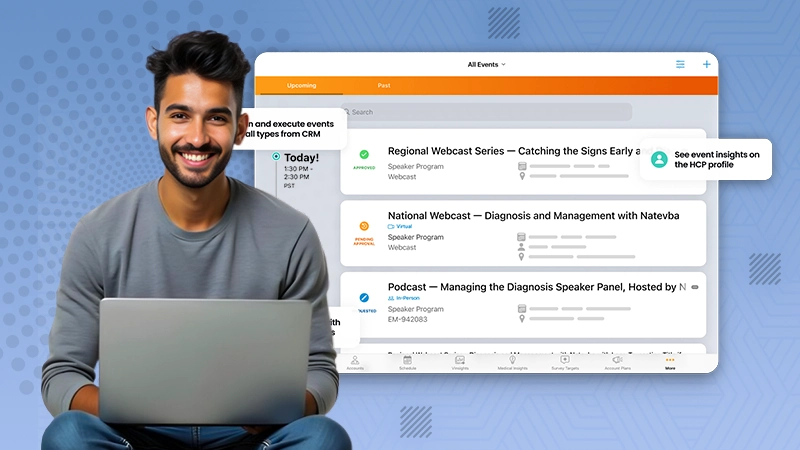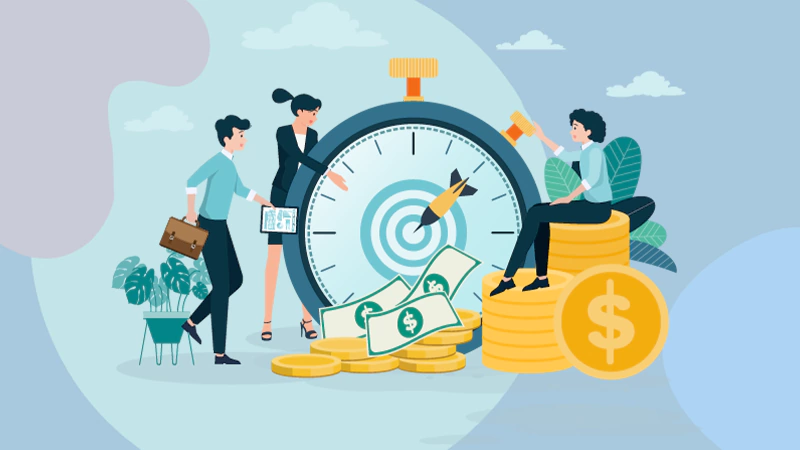Automated trading is the use of software to execute stock trades. It’s been around since the early 1990s, but only recently have we seen a surge in automated trading strategies. Both individual investors and large institutions can use automated trading. However, there are also some risks associated with this type of trading and opportunities for growth in this area. In this post, I’ll give you an overview of what automated trading is, how it works and future trends in the field.
Introduction to Automated Trading
Automated trading is electronic trading that uses computers to execute trades on financial markets.
Automated trading software can trade stocks, options, and futures through electronic communications networks (ECNs). The main difference between automatic and manual trading is that computers make their own decisions about when to buy or sell without human intervention.
Automated traders use complex algorithms based on technical analysis tools and artificial intelligence techniques to predict price movements in different types of securities with high precision.
Increasing Use of Algorithmic Trading
In recent years, algorithmic trading has become increasingly popular. This is due to the fact that it allows traders to make trades at any time of day or night and from anywhere in the world.
Algorithmic trading involves using algorithms to make financial decisions; these algorithms can be written by humans or created by computers (known as “black box” systems). The latter are often referred to as high-frequency trading (HFT) tools because they process large amounts of data at lightning speed, e.g., one million times per second!
Also Read: How can Order Books be Used in Trading
There are many reasons why people choose algorithmic over manual trading:
- Algorithms don’t get tired or bored as humans do; they maintain focus on their tasks throughout all hours of the day and night
- They’re able to adapt quickly and react more efficiently than humans when it comes down to changing market conditions
Rise of Machine Learning and Artificial Intelligence in Trading Systems
Machine learning is a subset of artificial intelligence, defined as a set of computer programs capable of self-learning. It is an approach to programming that allows computers to learn from experience without being explicitly programmed. The goal is to create systems that can adapt their behavior based on previous events or data, instead of following only pre-programmed rules.
Machine learning has become increasingly important in automated trading systems because it allows traders to automatically adjust their strategies based on changing market conditions or other factors such as news releases or economic reports. For example, if there’s been an increase in volatility over the past few days due to geopolitical uncertainty then your algorithm might decide not to buy any stocks until things settle down again (or maybe even sell some).
Automated Trading and the Future of Financial Markets
Automated trading, or algorithmic trading, is a growing trend in the financial world. It has been used for years on stock exchanges and other markets around the world. As technology improves and becomes more accessible, automated trading will become even more prevalent in financial markets. This means that it could have an impact on the future of these markets as well. Some companies are developing Automated Trading Systems; you can read more about development costs and services here: https://itexus.com/how-much-does-it-cost-to-develop-an-automated-trading-system/
Opportunities for Growth in Automated Trading
Opportunities for Growth in Automated Trading
Automated trading has been on the rise in recent years. According to a 2018 report by Greenwich Associates and Tabb Group, the global market share of automated trading stood at 27% in 2017, compared with 22% in 2016 and 16% in 2015. The growing popularity of algorithmic strategies and platforms has led many financial institutions to offer them as part of their service offerings. For example, Goldman Sachs recently launched a new set of products aimed at helping clients build out their own automated investment strategies with machine learning technology called “Goldman Sachs Smart Beta Strategies.”
Artificial Intelligence (AI) & Machine Learning Applications in Financial Markets
Artificial Intelligence (AI) is transforming how we live our lives today and will continue doing so into the future as well! The same holds true for finance – where AI has been applied successfully across several areas such as credit risk management/ scoring; fraud detection; regulatory compliance etc., there are still many opportunities left untapped due primarily because companies aren’t yet leveraging these technologies fully enough or even worse – don’t know where exactly they should start using them!
Conclusion
Automated trading has become a massive part of the financial markets and there is no sign that this trend will reverse anytime soon. The use of artificial intelligence in automated trading systems will only continue to grow as more companies adopt machine-learning algorithms for their trading strategies. This means that traders who want to stay ahead of their competition should also consider implementing these technologies into their own trading strategies.







